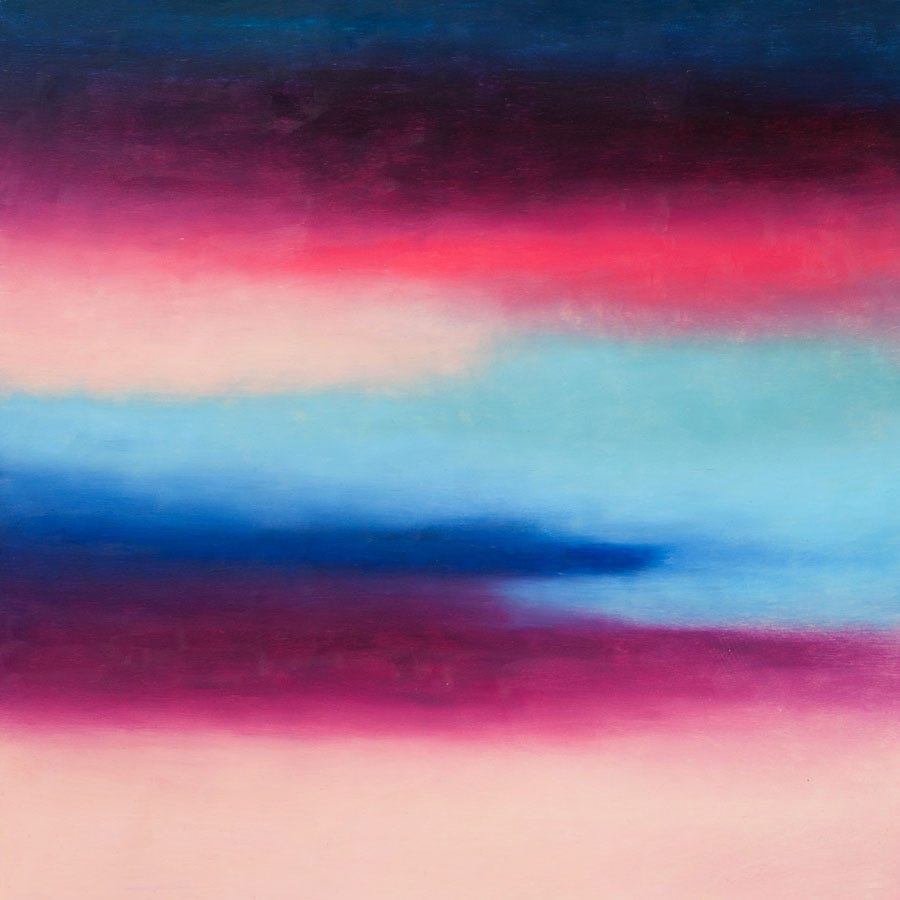The Alchemists Clubhouse is a weekly newsletter of art, poetry, and coaching tips. Full members receive access to live Zoom workshops plus the entire library of recorded workshops.
The story goes something like this: A seeker asks Indian sage Ramana Marashi, “How should we treat others?” The sage responds: “There are no others.”
Whether or not you believe the exchange occurred exactly like this, the story still provokes some extraordinary philosophical and scientific questions.
What if “you” does not end at the limits of your physical body?
What if you are, somehow, interconnected to all of life in ways that exceed human comprehension?
What if life is not only in us, but among us?
Scientifically, we share varying amounts of DNA with all of life on earth. The fractal structure of tree branches is nearly identical to that of your lungs. In a very real sense, both breathe. Is the tree, you?
When nature photographers meet the eyes of a creature in the wild, they often speak of it as a sacred experience, not of seeing, but of being seen. Is the fox, you?
Many of us have had the experience of a conversation that goes on effortlessly for hours, a dance that stops time, or a moment of silence watching a sunset together. In fact, that feeling of “being together” – what is it? Is the friend, you?
I offer this practice for your consideration because wherever there is connection, there is possibility, and I think that even our own perceptual connection may count! The point is not to find definitive answers to these provocative questions, but to notice what it feels like to ask them.
This can be an extremely subtle experiment, the difference between saying to yourself, “me” or “not me” in the presence of the “other.” When you imagine that you are in some way also the tree, the fox, or the friend, you might actually perceive a felt sense of connection. When you imagine instead that they are “not you,” you may perceive the inverse, a felt sense of separation.
These perceptions can impact our overall sense of well-being, our thoughts, and even our behavior. Feeling connected tends to make us more empathetic, curious, and open, all qualities that in turn give us access to more information and deeper understanding - two keys to better problem solving and smarter decisions. In contrast, feeling separate tends to limit our perspective, narrow the options, and shut down the reasoning part of our brain.
The mysterious part of this practice is that it seems that it’s possible to choose to feel connected or not connected, regardless of what the “other” is doing or not doing. I sometimes wonder if science may one day link our perceptions of connected and not-connected with “realities” that we don’t yet have instruments to measure.
If you’d like to learn more about how coaching can help you develop your own mindfulness practices, or if you would like support with a personal or professional challenge, please reach out for a private consultation.




